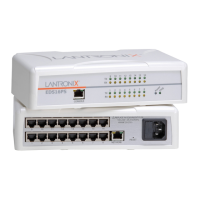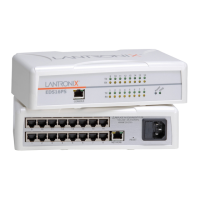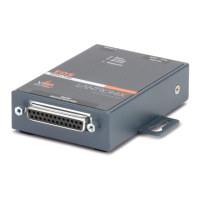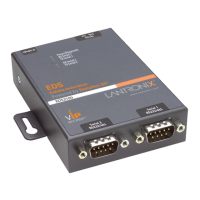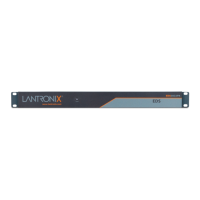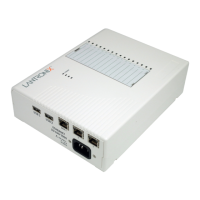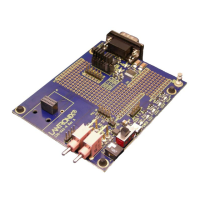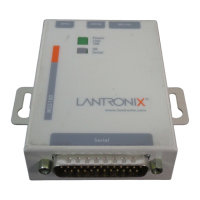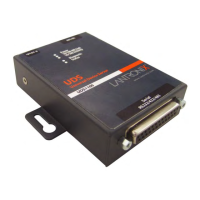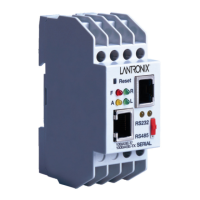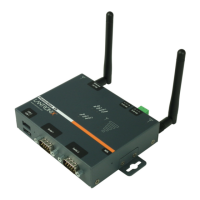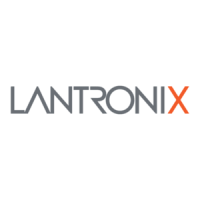4: Configuration Using the Web Manager
EDS4100 4 Port Device Server User Guide 88
Table 4-24. SSH Client: Users Page
SSH Client: Users
Page Settings
Description
Username Enter the name that the EDS4100 uses to connect to the
SSH client user.
Password Enter the password associated with the username. For
security reasons, each typed password character appears
as a dark circle (•).
Remote Command Enter the command that can be executed remotely. Default
is “shell,” which tells the SSH server to execute a remote
shell upon connection. This command can be changed to
anything the SSH Server that the remote host can perform.
Private Key Enter the name of the existing private key you want to use
with this SSH client user. You can either enter the path
and name of the key, or use the Browse button to select
the key.
Public Key Enter the path and name of the existing public key you
want to use with this SSH client user or use the Browse
button to select the key.
Key Type Select the key type to be used. Choices are:
RSA = use this key with the SSH1 and SSH2 protocols.
DSA = use this key with the SSH2 protocol.
Create New Key
Username Enter the name of the user associated with the new key.
Key Type Select the key type to be used for the new key. Choices
are:
RSA = use this key with the SSH1 and SSH2 protocols.
DSA = use this key with the SSH2 protocol.
Bit Size Select the bit length of the new key. Choices are:
512
768
1024
Using a larger Bit Size takes more time to generate the
key. Approximate times are:
10 seconds for a 512-bit RSA key
1 minute for a 768-bit RSA key
2 minutes for a 1024-bit RSA key
2 minutes for a 512-bit DSA key
10 minutes for a 768-bit DSA key
15 minutes for a 1024-bit DSA key
Some SSH clients require RSA host keys to be at least
1024 bits in size.
